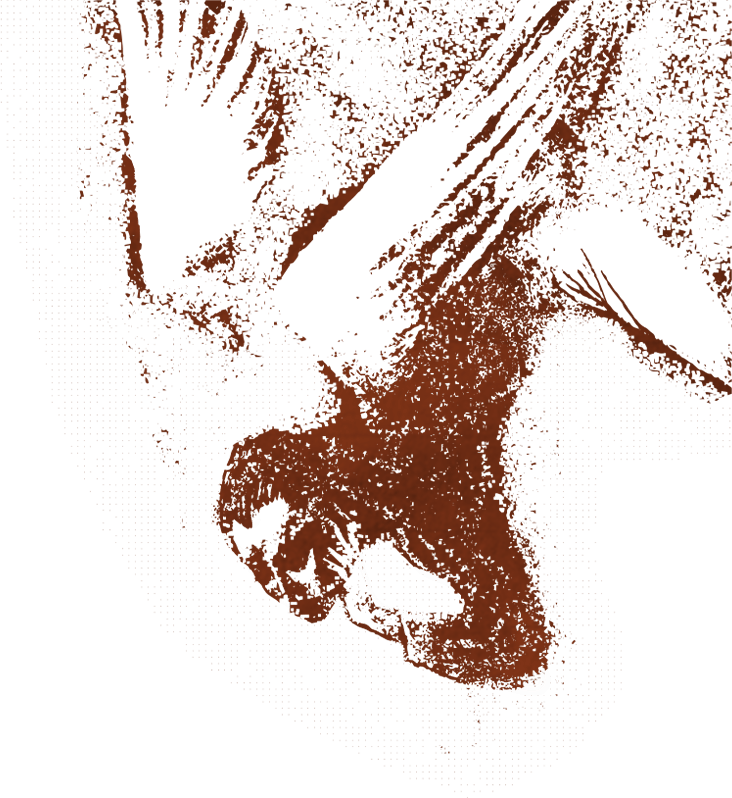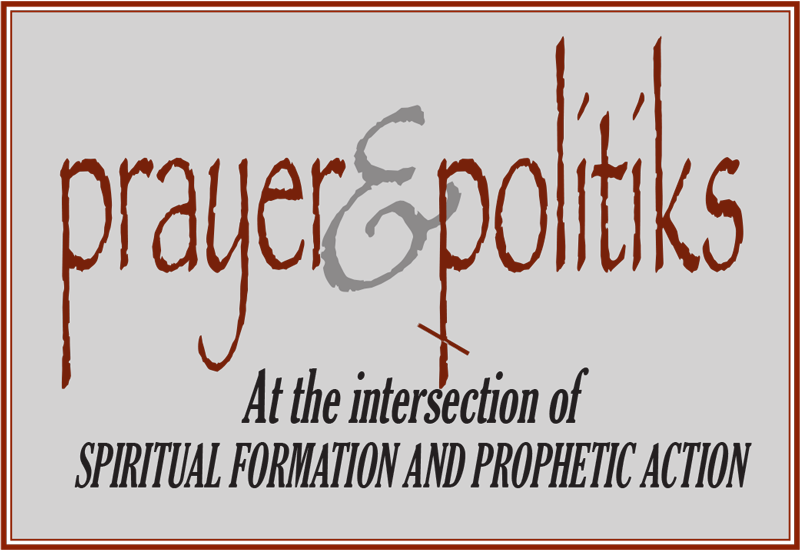by Ken Sehested
Unfortunately, it’s too easy to write off Tim Nolan’s decision to commit civil disobedience at the U.S. Supreme Court, calling for the closure of the Guantánamo prison for the suspects in the U.S. “war on terror,” as political looney-tune. But no less a public figure than former Secretary of State Colin Powell has stated:
"Guantánamo has become a major, major problem . . . in the way the world perceives America and if it were up to me I would close Guantánamo not tomorrow but this afternoon. . . . Essentially, we have shaken the belief the world had in America's justice system by keeping a place like Guantánamo open and creating things like the military commission. We don't need it and it is causing us far more damage than any good we get for it," Powell told NBC's Meet the Press in June 2007. [Reuters News]
Powell is neither a pacifist nor alone in his convictions. Recently, four previous U.S. Secretaries of State (three Republicans, two Democrats) joined Powell in calling for the prison’s closing [Atlanta Journal Constitution, 3.27.08], as are each of the major-party candidates (Clinton, McCain, and Obama). Even current Secretary of Defense Robert Gates tried early in his tenure to close the facility. [23 March 2007 CBS News report]
Nolan, a member of Circle of Mercy Congregation, a nurse practioner, spouse to Amy and father of three young children in Asheville, N.C., didn’t undertake the action lightly. He’s done this before, including last year’s “Witness Against Torture” action, that one on the 5th anniversary of the opening of Gitmo.
Over coffee this morning, he outlined the substantial case against the prison based on U.S. and international law. “The legal charade of this Administration’s justification is astounding. The invention of terms like ‘unlawful combatants,’ the suspension of habeas corpus, which is the foundation of our jurisprudence. And the systematic use of ‘enhanced interrogation techniques,’ formerly known simply as torture.”
But Nolan, whose medical work is focused on low-income people living with HIV/AIDS, does not base his conviction merely on legal or political grounds.
“Actually, this action is an outgrowth of prayer.” As it was for the majority of the 200 who paraded from the National Mall in Washington, D.C., to the steps of the Court—each in the distinctive orange jump-suit of Guantánamo prisoners and wearing the black hoods made famous from a similar prison, Abu Ghraib, in Baghdad. Most in the action are rooted in, or inspired by, the faith-based Catholic Worker Movement.
“I think of prayer as the portal to seeing the world in a new way, through God’s eyes,” Nolan commented. “Prayer isn’t an escape hatch from the agonies of history, but a means of confronting history in redemptive ways.”
The day—Friday, 11 January—began with a rally on the National Mall, co-sponsored Amnesty International and more than 100 other human rights organization. Shortly after noon some 400 persons embarked with legal permits and a police escort on the 45-minute silent walk, two abreast and in pouring rain, to the Supreme Court. After arriving the 200 in theatrical orange garb kneelt on the sidewalk in front of the Court. During discussions the previous day, 36 had volunteered to risk arrest by mounting the Court stairs toward the entrance.
As this unfolded, another 45 volunteers, who earlier passed through security at the Court (in plain dress) and assembled inside to read a statement and unfurl a banner. With no attempt to resist arrest, those on the steps were arrested and charged with violating an ordinance prohibiting demonstrations on court grounds. Those inside were charged under a provision that makes it a crime to give “a harangue or oration” in the Court.
“During the drive to D.C., during the strategy sessions the night before, all during the morning on the Mall, but most especially as we walked to the Court, I have to admit I was anxious, nervous, wondering if I was crazy,” Nolan said. “But all that melted away as we began climbing the steps. And as we were handcuffed, facing those massive courthouse pillars, I felt free and calm, with a sense that—in the face of this massive injustice [the existence of the Guantánamo prison and numerous other secret prisons of torture]—I was exactly where I wanted to be and needed to be.”
All were handcuffed and taken to a trailer at the side of the building for processing by Court police. Instead of offering their own names, each instead gave the name of a Guantánamo prisoner. Four hours later they were escorted into the Court basement and processed again, and pictured, then seated along a hallway. At midnight, in groups of four, they were transported by D.C. police to disperse precincts; and then moved again, at 3 a.m., to the Central prison.
By 9 a.m. the entire group was reassembled, hands still cuffed and now legs shackled, at the Superior Court holding cell in preparation for their arraignment. Again in groups of four they appeared before a judge, who provided two options. To accept or reject a “stint” (“to cease or desist”) order, pledging to not be arrested again for at least six months. Some chose to agree to this restriction. Others, like Nolan, who was finally released under bond at 5 p.m., refused and now face a maximum penalty of 60 days in jail, a fine, or both. A court date, probably in March, has yet to be established.
“The most significant thing that happened in this 29-hour incarceration was the fact that, in my appearance before the judge, I initially gave the name of ‘Fazaldad’ and have it officially recorded in a court document,” Nolan said.
Fazaldad (“no first name known,” according to Guantánamo records) is among the approximately 275 prisons still being held, some for over six years, in legal limbo and without recourse to legal action of any kind. Each of the “Witness” activists appearing before the judge that afternoon did the same thing, just for this purpose, before finally stating their real names.
“Just yesterday,” Nolan said as we wrapped up our conversation, “I heard an interview with one of the first lunch-counter sit-in participants” (in Greensboro, N.C., whose anniversary was just commemorated). He talked about the fear he felt, as a black man approaching the taboo of a segregated lunch counter, as he first entered Woolsworth with the intention of breaking the law. But then he said something like, “When I did finally sit down, I knew it was right. And I knew I’d stay there come what may. It might mean a long stay in a hostile prison. Or it might even mean I’d be shipped home in a pine box. But I knew this was right. I knew I was where I wanted to be, where I needed to be.”
“I immediately recognized that feeling,” Nolan said, smiling.
Earlier I told Nolan about the experience of others from our Circle of Mercy, on a visit to our “sister” church in Cuba, how his story was told at a special “service of prayers for peace” the very night of his arrest. As you might imagine, the narrative had quite an impact on the gathered Cuban Christians, against whom our country maintains an illegal embargo.
Such bonds, across borders and boundaries of every kind, are at the heart of our calling. And, sometimes, civil disobedience is a form of holy obedience.
©Ken Sehested @ prayerandpolitiks.org. This article was originally published in Baptist Peacemaker, July-August 2008. For more information: Witness Against Torture witnesstorture.org

